Crab’s Claw Parasitic Vine of Jing Mai Mountain * Viscum liquidambaricola Hayata (1915)
In Stock
$15.00–$68.00 $8.00–$54.00
Quick Overview
Crab's Claw vine is a parasitic plant related to mistletoe that grows on the branches of wild and ancient arbor tea trees. Our Crab's Claw vine comes from Mangjing village in the Jing Mai mountain area of Lacang county (Simao prefecture).
Product Description
Crab's Claw Parasitic Vine of Jing Mai Mountain * Viscum liquidambaricola Hayata (1915)
Crab's Claw vine is a parasitic plant related to mistletoe that grows on the branches of wild and ancient arbor tea trees. Our Crab's Claw vine comes from Mangjing village in the Jing Mai mountain area of Lacang county (Simao prefecture). Our Crab's Claw grows naturally on hundreds of year old tea trees where it is painstakingly harvested by hand, requiring the picker to climb up into the tree to harvest it.
Crab's Claw of this quality is quite rare and is used as a beverage or mixed with raw pu-erh to enhance flavor and cha qi. Crab's claw has a myriad of uses in TCM (Traditional Chinese Medicine) including:
Lowering and regulating blood pressure and lowering blood lipids. Curative for chronic cough, diarrhea, epistaxis, and joint pain.
In addition to these uses, Crab's Claw is believed to enhance athletic performance (energy level) providing many organic nutrional compounds.
TCM Materia Medica warns that pregnant women should avoid drinking infusions of Crab's Claw!
Crab's Claw is often referred to the partner of (raw) Pu-erh tea. Brewing a small amount (2 or 3 twigs) of Crab's Claw and Raw Pu-erh will create a new experience of drinking high quality raw pu-erh!
Spring 2015 harvest!
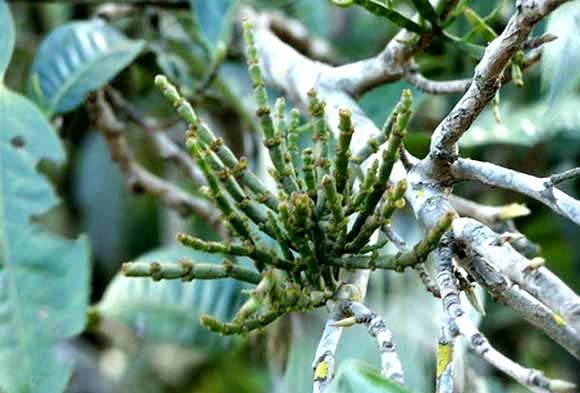
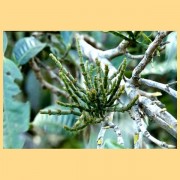
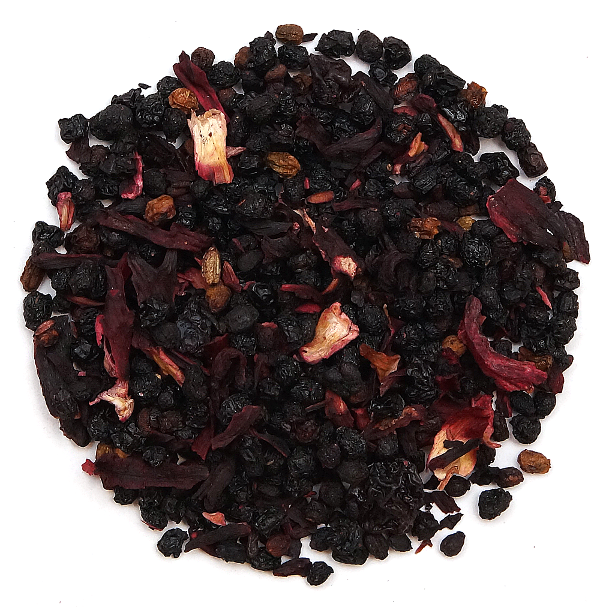
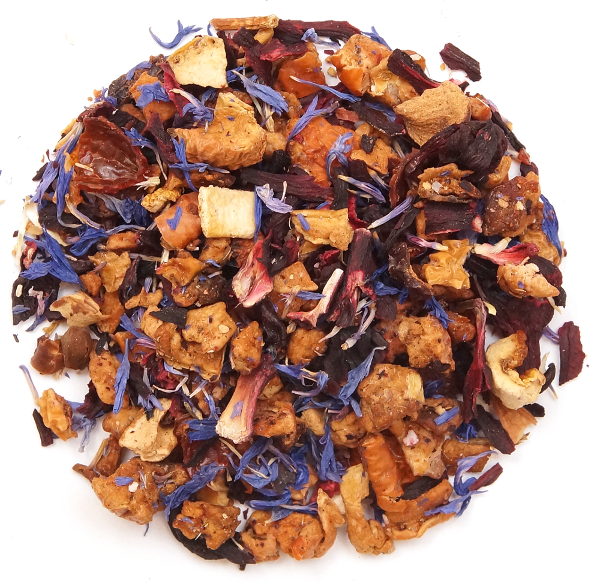
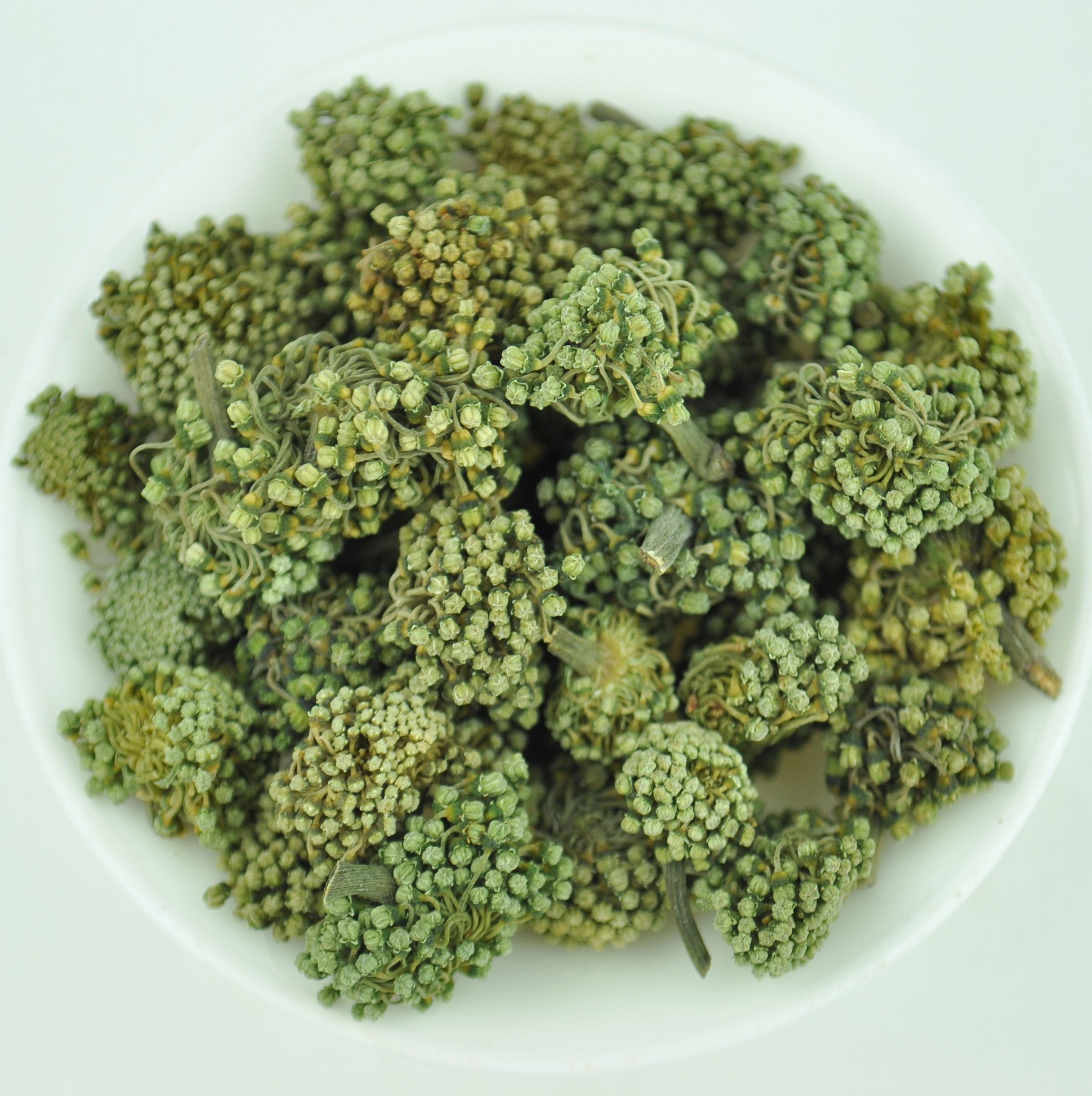
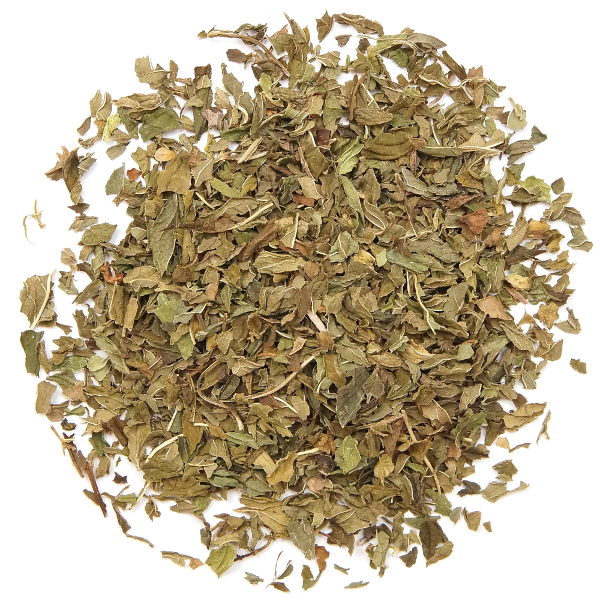
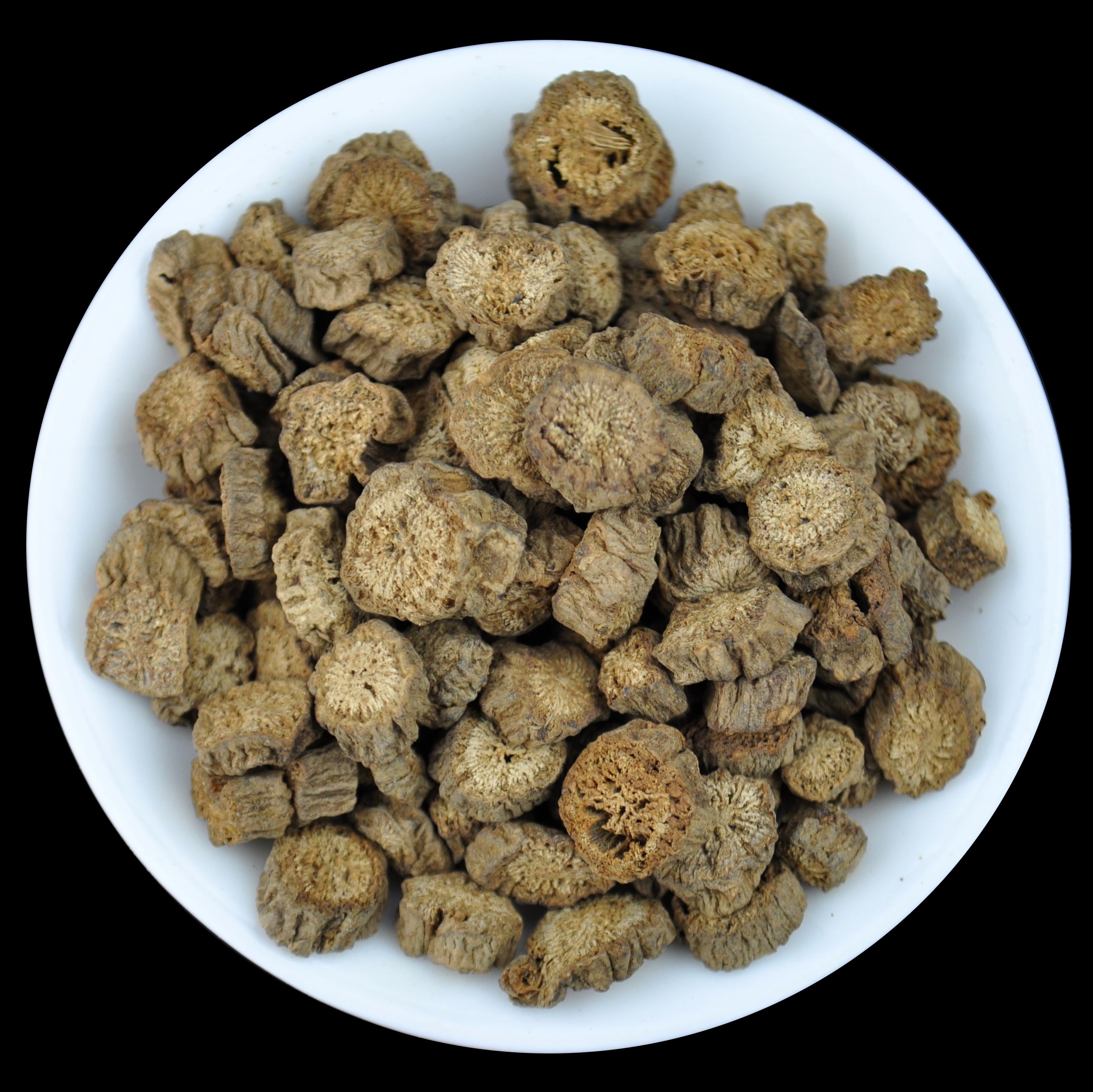
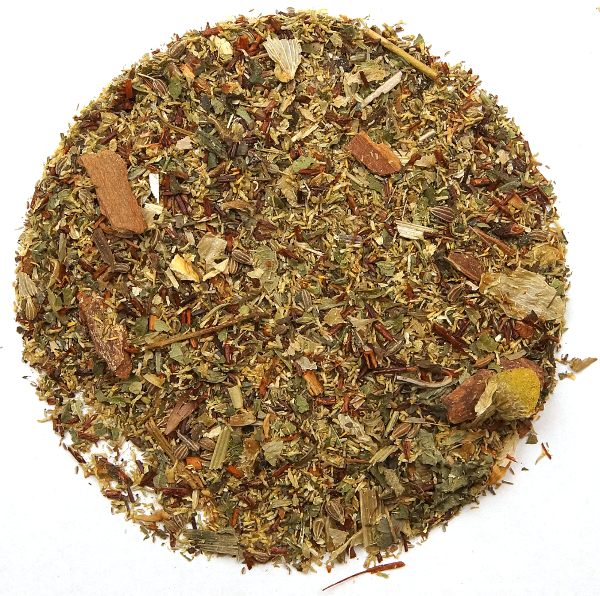
Reviews
There are no reviews yet.